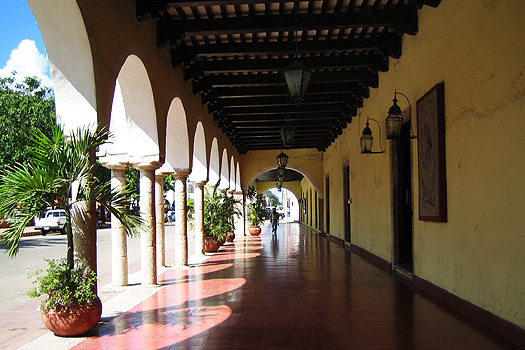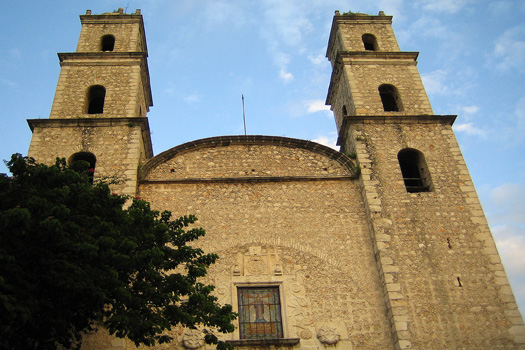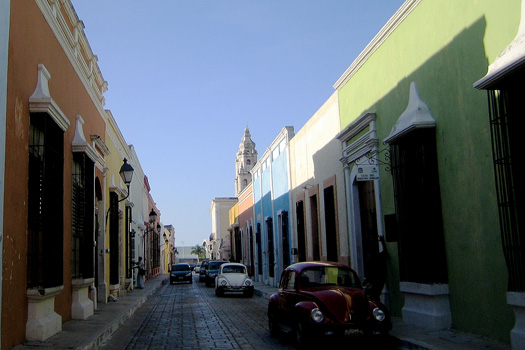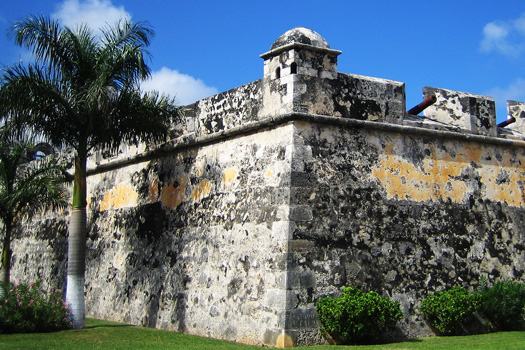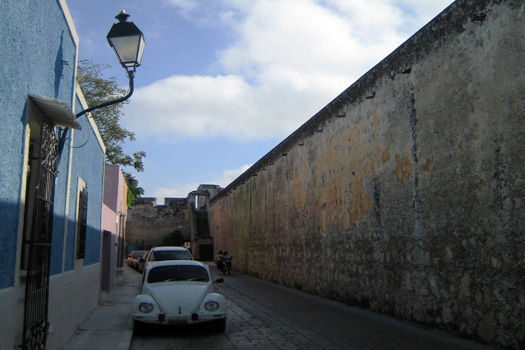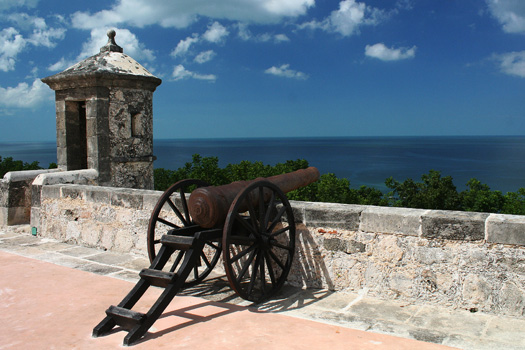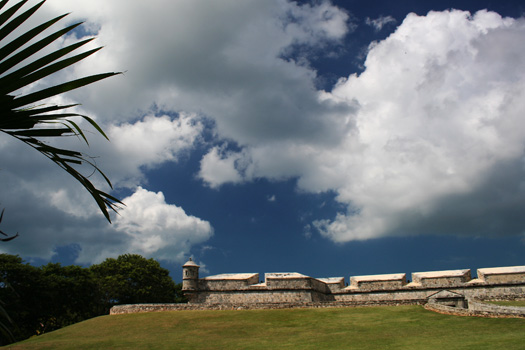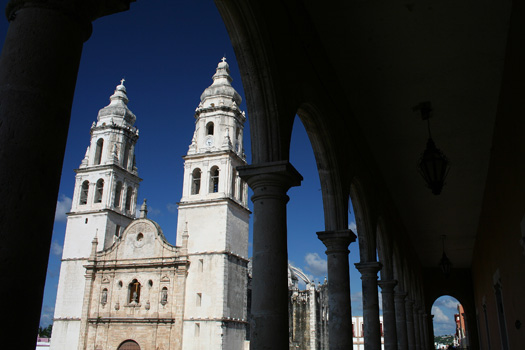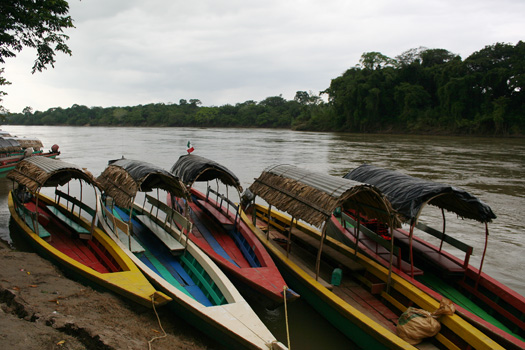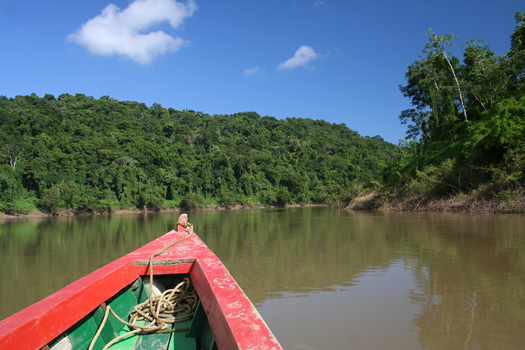2006 AD: The Yucatán & Chiapas, México
Although little evidence remains at present, it is thought to have been one of the largest cataclysmic collisions of an asteroid or meteor with our planet. The ensuing effects forever changed the face of Earth and the life it supported. It gave mammalian species the overhand on dinosaurs and in the 65 million years since the impact sedimentation and the subsequent formation of limestone bedrock created a unique geological landscape out of a near-apocalyptic crater hole. Now an almost flat expanse, which gently slants into the Gulf of Mexico and the Atlantic Ocean, the Yucatán Peninsula notably lacks rivers and streams. But deep underground erosive forces driven by acidic rain water, sourced from the surface through porous rock, formed a vast network of underground waterways and caves. The availability of fresh water supports lush jungle vegetation and abundant wildlife. And the arrival of man in prehistoric times followed by the cultivation of corn then gave rise to one of the richest archaeological landscapes in today's world.
The Yucatán Maya civilisation established ceremonial gathering places comprising temples and pyramids as early as 1000 BC. Developments and advances in architecture, writing, art, mathematics, astronomy, agriculture and sociopolitics culminated into a dynamic culture based within several large urban centres and city states ruled by lords or kings. Warfare and tactical marriage between regal families saw ever-shifting alliances. Major powers in the region were those of Uxmal, Chichén Itzá, Edzná, Cobá and later Mayapán, whose ruling dynasty held sway over much of the peninsula.
Please browse to http://www.skylla.co.uk
if the map does not appear in a few seconds.
So the foundations of the Maya civilisation were laid by a cosmic catastrophe millions of years ago, it was a natural disaster which initiated its terminal decline. As a consequence of several worldwide periods of drought poor harvests could no longer sustain an urbanised society and many Maya cities south of the peninsula - such as those of Palenque and Yaxchilán in modern-day Chiapas and Tikal in Petén, Guatemala - were simply abandoned at the end of the ninth century AD. Although the Yucatán Maya might have been better adapted to the scarcity of water, a decline in trade and mass migration of people led to sudden economic and political changes. For centuries more and even after the Mayapán rule was broken, many Yucatán cities continued to flourish albeit at a smaller scale. In 1519 the Spanish encountered a fragmented landscape of political entities. It took nearly 200 years for the conquistadores to subjugate all of the Maya through a campaign of extreme force, violence and extortion.
Published on 20.01.2006 by Sjaak van der Sar – Leave critique or other comments

